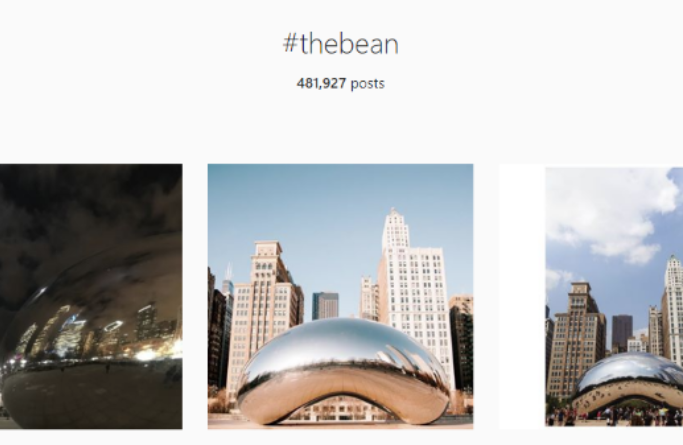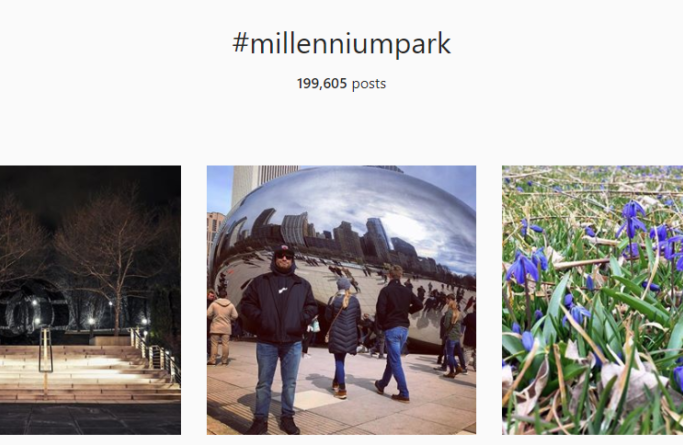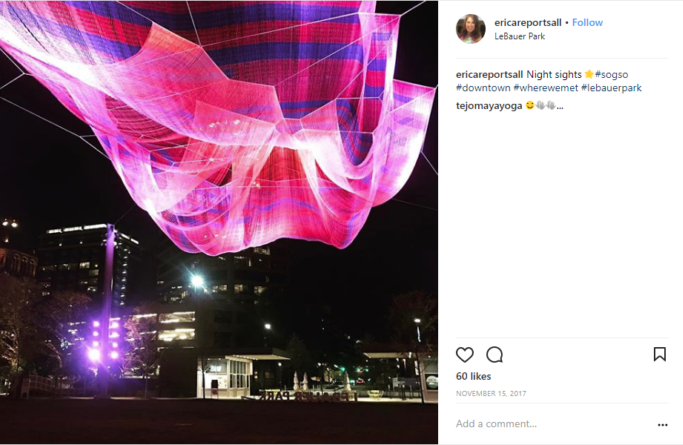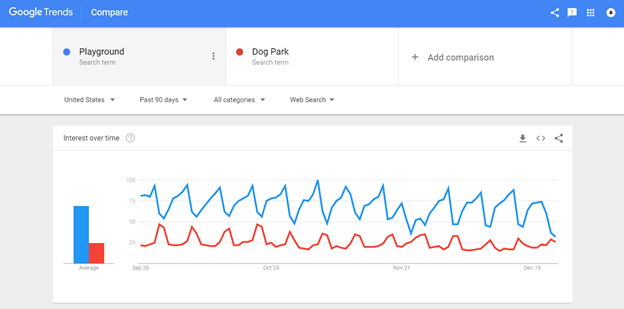In our kick-off meetings, this topic continues to come up: developers requesting “Instamoments” in their projects. An “Instamoment” is a time when the physical and virtual collide through an attraction or experience that compels guests to capture and share on Instagram and other social media channels. As social media becomes ubiquitous in our lives, it has also become a strong consideration and selling point for businesses and designers.
Manufacturing an “Instamoment” may sound artificial and counter-intuitive to the definition of social media, but it’s hard to deny the success that social media attention brings. On Instagram, food photos can popularize restaurants overnight. Tickets sell out instantly to Instagram-friendly museum shows like the Museum of Ice Cream or Yayoi Kusama’s Infinity Mirror Rooms. Lesser-known travel destinations are becoming tourist hotspots because people share their travel photos in their feed.
So how does this all relate to landscape architecture? When we design open spaces like urban parks, we place a huge emphasis on park programming because it has the power to develop these “Instamoments.” Great park programming creates experiences that guests want to share, and in this era of social media, these experiences can turn parks into regional destinations.
ART AS AN ATTRACTION
We love incorporating and programming art pieces into our park projects. There are many reasons for this such as working with local, upcoming, and world-renowned artists to honor and express the historical and cultural context of the site. But ultimately, a great art piece has high attraction value: the power to draw visitors to the space. Impactful art installations, like the Cloud Gate, popularly known as “The Bean,” sometimes have more klout than the park itself. More people on social media reference #thebean than #MillenniumPark, the park it actually lives in.
We saw this first-hand when we designed LeBauer Park in Greensboro, NC. When it was announced that LeBauer Park would be home to a Janet Echelman sculpture, there was media coverage and lots of buzz, even an official lighting ceremony. To understand how many people may have engaged since the park opened in August 2016, we can see on Instagram that over 20% of the posts tagged with #lebauerpark have Janet Echelman’s piece in the image. For art enthusiasts and fans of Echelman, who has over 8,000 followers on Instagram, LeBauer Park is a destination: it’s the location of Echelman’s first permanent work on the East Coast and the largest outdoor art installation in the Southeast.
THE DRAW OF A DOG PARK AND OTHER PROGRAMMED SPACES
Dogs owner are probably quite familiar with this: the arduous task of finding a dog-friendly spot that will also satisfy everyone else in the family. Since neighborhood parks are not always dog-friendly, dog parents will drive miles to a dog park to allow their furry family members to run and play off-leash. Enter the urban dog park.
In most, if not all, of our urban park projects, a dog park is included as one of the programmed spaces because everyone, human or dog, deserves to enjoy open space. When we look at Google search results, the data backs up the draw of a dog park: in park-related searches, most people searched for dog parks, especially on Sundays. Over 3% of pet owners have shared an “Instamoment” with their fluffy friend on Instagram alone. The number of pet owners in a neighborhood will obviously vary and influence the success of a dog park, but by programming a dog park, the space already becomes an attractive destination for pet owners who live outside the immediate neighborhood.
This applies to other programmed spaces too, not just dog parks. By working with our clients to develop organizations responsible for park programming, the park can turn into a year-round destination. Regular events and activities like fitness classes or children’s story time serve the immediate residents as a neighborhood park while large seasonal events like concerts and holiday displays serve residents as a regional destination. Decks in the Park, a free music festival at Klyde Warren Park, attracts thousands each festival season. Myriad Botanical Gardens is a wedding destination with its on-site wedding venue, attracting visitors even outside of Oklahoma City. Programmed spaces like these encourage gathering, activity and social media sharing, and ultimately, lead to regular park-goers and new visitors.
BUILDING A NEIGHBORHOOD DESTINATION
While park programming can transform a park into a destination, a well-programmed park can transform a neighborhood into a destination. In our urban park projects, we found that our parks spurred investments and developments in its nearby adjacencies. In Dallas, for example, Klyde Warren Park became a catalyst for more than $1 billion in nearby developments like Park District, Mckinney and Olive, Museum Tower, and the Union. The park, which now anchors Dallas’ Arts District, has also had a positive halo effect on the surrounding cultural institutions, which have seen increased attendance. When people make trips to a destination, they inevitably spend time around the perimeter and frequent adjacent businesses.
https://player.vimeo.com/api/player.js
Klyde Warren Park Drone Flyover from OJB Landscape Architecture on Vimeo.
There are many ways to attract visitors to a location, but what’s most important to them is the idea of a good time and a memorable experience. When they share those “Instamoments” on social media, that’s valuable word of mouth, which has the power to attract even more guests to a destination. Having programming is essential to any space, whether it’s a park or not. Beauty may be enough to wow a space’s visitors, but programming will make their experience a home run.




